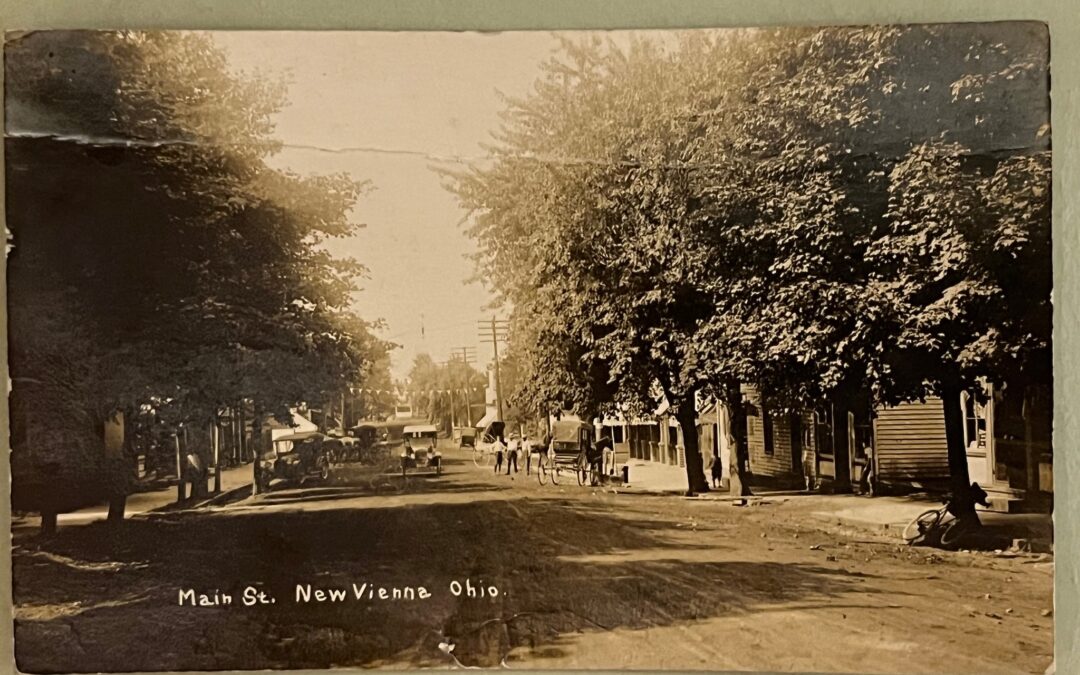This was written by Genealogical Society volunteer, Beth Mitchell for the Wilmington News Journal.
On the road from New Antioch to Highland is a tract of land frequently called the “Indian Lot” or the “Downing Lot” to distinguish it from other tracts in the same survey. The Mt. Olive school house stands on the mound mentioned and is owned by Mrs. Sallie Bernard Naylor, who lives in Columbus and is a great-niece of Timothy Downing.
About April 1st, 1791, Timothy Downing residing in the vicinity of Washington Ky., Mason County, went to Lexington to purchase provisions, taking with him two horses for the purpose of conveying the load home. On his return he was taken prisoner by a party of Indians, who started with him for their camp.
Their intentions were to stay here for the night, but hearing the report of a gun. The Indians all went out to discover what made the sound. An old Indian chief and his son were left to guard Downing.
The latter had learned from their conversation that it was their intentions to burn him at the stake the following evening, so, when left alone with this guard, he at once began looking about for means of escape. The old chief becoming thirsty ordered Downing to bring him a drink and for this reason unbound his hands.
This afforded Downing the desired opportunity and he struck the old chief a blow on the head which killed him instantly. Downing had not intended to injure the young Indian who had shown him great kindness but the instant the boy saw his father slain, seized a war-ax and sprang upon Downing with the fury of a wild beast, and in the struggle for liberty, Downing wounded him severely. Downing then escaped and succeeded in getting possession of his horses, one of which he mounted and tried to get the other to follow but failed and was obliged to leave it.
The young Indian ran to give the alarm to the rest of the tribe while Downing was making his way as best he could through the dense forest. He wandered about until near dawn, when he heard dogs barking and judged he was still in the neighborhood of the Indian camp. He soon found the creek and followed it some distance, and at length he reached the river just as a boat was passing. He hailed the boat but the men feared a decoy and refused to land until he had ridden several miles along the river bank and they were convinced that no treachery was intended. They had but gained the stream when the Indians appeared on the shore. Major Simmons Kenton with a band of Kentuckians immediately went in pursuit of the Indians, but they had abandoned their camp, suspected they would be followed.
The story will never be fully told of the conquest of the wilderness and its savage, unlettered inhabitants. Let us thank those who have taken the pains to gather such facts as we have, and award credit to the actors whose names have not been told, as well as those with whom we are familiar.
[Please remember this story is printed as it appeared in the original article.]

